Spice Up Your Life: 7 Italian Herbs You Can't Live Without (Even If You're Not Italian)
Table of Contents
- Introduction
- The Holy 7: Must-Have Italian Herbs
- Pro Tips for Using Italian Herbs Like a Pro
- Fresh vs. Dried: What’s the Real Difference?
- Flavor Pairing Guide: Match Made in Herb Heaven
- How to Store Your Herbs So They Don’t Turn Into Sad Little Sprigs
- Deep Dive: The Origins and Uses of Each Herb
- Conclusion
Welcome to Herbtopia, Where Basil Reigns Supreme
If you’ve ever bitten into a fresh caprese salad or swooned over a steaming plate of spaghetti marinara, you’ve experienced the magic of Italian herbs. But what exactly are they? Are they just random green things Italians throw into pots? Or is there more science—and spice—to this culinary phenomenon than meets the eye?

In this article, we’ll walk through the holy seven Italian herbs, share pro tips, compare fresh vs. dried, offer flavor pairing ideas, storage hacks, and even dive deep into their history and use cases. Whether you’re a seasoned home cook or someone who thinks 'oregano' is a new cryptocurrency, stick around. We promise it won’t be dry—unless you're using old basil.
The Holy 7: Must-Have Italian Herbs
- Basil
- Oregano
- Thyme
- Rosemary
- Marjoram
- Sage
- Parsley
These seven herbs form the backbone of classic Italian cuisine. Let’s explore each one with some fun facts, key uses, and a bit of personality:

| Herb | Flavor Profile | Best Used In | Fresh vs. Dried? |
|---|---|---|---|
| Basil | Sweet, peppery, fresh | Pesto, Caprese, tomato sauces | Fresh preferred |
| Oregano | Earthy, pungent, slightly bitter | Pizza, marinara, grilled meats | Dried works best |
| Thyme | Subtle, earthy, lemony undertones | Stews, roasted veggies, meat dishes | Both okay |
| Rosemary | Pine-like, intense, woody | Roasts, focaccia, lamb | Fresh for aroma |
| Marjoram | Milder cousin of oregano, sweet and citrusy | Egg dishes, tomato-based soups | Both work |
| Sage | Earthy, savory, slightly peppery | Stuffing, pasta sauces, butter dishes | Dried often better |
| Parsley | Clean, grassy, mild | Garnish, chimichurri, tabbouleh | Fresh only |
Pro Tips for Using Italian Herbs Like a Pro
- Add Fresh Herbs at the End: Toss basil or parsley right before serving so their delicate flavors don’t fade away like your motivation on a Monday morning.
- Dried Herbs Need Time: Oregano, thyme, marjoram? Crush them and add early so their robust flavors can infuse the dish.
- Don’t Be Afraid to Layer: Mixing rosemary and sage in a roast adds depth like a symphony orchestra—but without the conductor drama.
- Chop Thoughtfully: A sharp knife and quick mincing beats bruising leaves that release bitterness faster than a breakup playlist.
- To Toast or Not to Toast: For extra punch, toast dried herbs gently in a pan before adding to the dish—like giving your spices a warm hug.

Fresh vs. Dried: What’s the Real Difference?
Let’s settle this once and for all: fresh isn’t always better, and dried doesn’t mean dead. It’s about application!
| Characteristic | Fresh Herbs | Dried Herbs |
|---|---|---|
| Flavor Intensity | Mild to moderate | Strong, concentrated |
| Texture | Juicy, leafy, tender | Crumbly, powdery |
| Best Use | Garnishing, finishing, delicate dishes | Slow-cooked, long-simmered, bold dishes |
| Shelf Life | 3–5 days refrigerated | 6 months–1 year sealed |
| Substitution Ratio | Use 3x as much fresh | Use ⅓ as much dried |
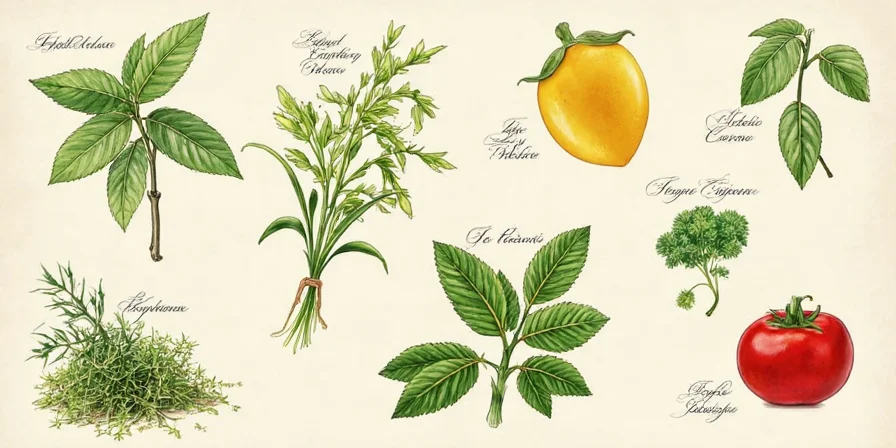
Flavor Pairing Guide: Match Made in Herb Heaven
Not all herbs play nice together. Here’s a quick guide to help you avoid culinary chaos:
- Basil + Garlic + Olive Oil: Trio of joy. Caprese salad would cry without them.
- Oregano + Thyme + Rosemary: Mediterranean dream team. Perfect for pizza and rustic tomato sauces.
- Marjoram + Sage + Lemon: Bright and balanced. Great for poultry and seafood.
- Rosemary + Garlic + Lamb: Bold and beautiful. Like a love letter from Provence to Tuscany.
- Parsley + Cilantro + Mint: Green party! Ideal for fresh salsas and herb sauces.
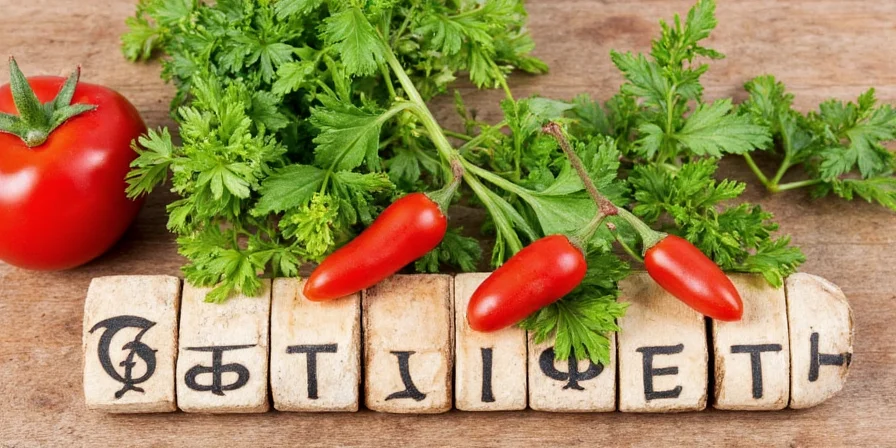
How to Store Your Herbs So They Don’t Turn Into Sad Little Sprigs
We’ve all been there: bought a bunch of fresh basil, forgot it behind the milk, and now it’s soggy shame. Fear not! Here are some life-saving storage tricks:
- Water Method: Treat fresh herbs like cut flowers. Trim stems, place in a glass of water, cover loosely with a plastic bag, and keep in the fridge.
- Freeze for Long Life: Chop herbs and freeze in ice cube trays with oil or water. Instant flavor bombs for future meals!
- Dry Like Grandma Did: Tie bunches with string and hang upside down in a dark, dry area. Once brittle, store in jars.
- Vacuum Sealing: If you go full nerd, vacuum-seal dried herbs for maximum shelf life.
- Airtight Containers Only: Oxygen is the enemy of flavor. Keep dried herbs in sealed jars, away from heat and light.
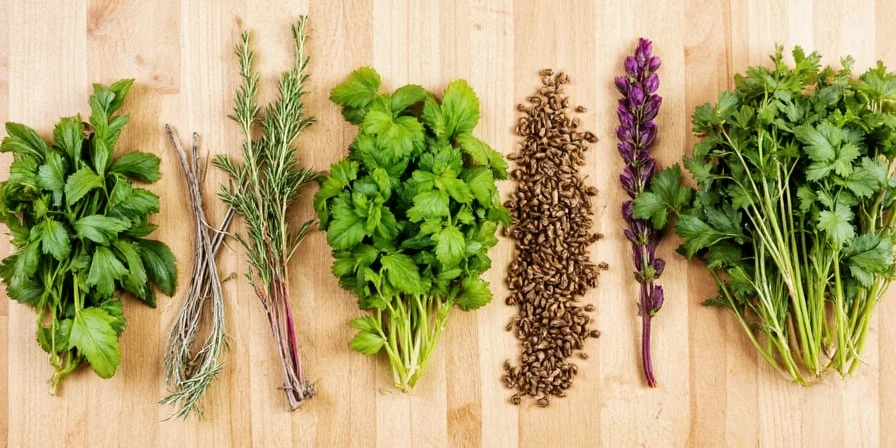
Deep Dive: The Origins and Uses of Each Herb
Basil
Native to India and tropical Asia, basil found its way to Italy and became a superstar. Used in everything from pesto to cocktails, basil has many faces—sweet, Thai, lemon, purple… the list goes on. Best used fresh.
Oregano
Known as the “joy of the mountain” in Greek, oregano is a staple in Mediterranean and Mexican cuisines. It loves tomatoes and cheese, making it a pizza MVP. Dried oregano often delivers more punch.
Thyme
This humble herb was once believed to inspire courage and grace. Now it just makes your soups taste better. Versatile and subtle, thyme blends well with other herbs and shines in long-cooked dishes.
Rosemary
With its needle-like leaves and pine scent, rosemary is a plant that demands respect. Symbolizing remembrance in folklore, it’s also great with potatoes. Seriously, rosemary roasted spuds are a gift from heaven.
Marjoram
Softer and sweeter than oregano, marjoram brings finesse to the table. Popular in German and Middle Eastern cuisines, it pairs well with eggplant and lentils. Use fresh or dried, depending on the recipe.
Sage
Ancient Romans considered sage sacred. Today, we fry it with butter and stuff it in pasta. Sage has a strong flavor, so use sparingly. Also, perfect for fall dishes—your pumpkin ravioli will thank you.
Parsley
More than just a garnish, parsley adds brightness and balance. Rich in vitamins, it’s the quiet hero in many dishes—from tabbouleh to gremolata. Always use fresh.

Conclusion: Spice Like an Italian, Even If You’re Not One
Italian herbs aren’t just ingredients—they’re cultural ambassadors packed with flavor, history, and personality. From basil’s bright cheer to sage’s earthy warmth, these herbs bring depth and joy to your kitchen adventures.
Now that you’ve got the cheat sheet, it’s time to experiment. Mix, match, and season with confidence. And remember: a pinch of oregano might not make you Italian, but it’ll definitely make your sauce sound like it came from Nonna’s kitchen.
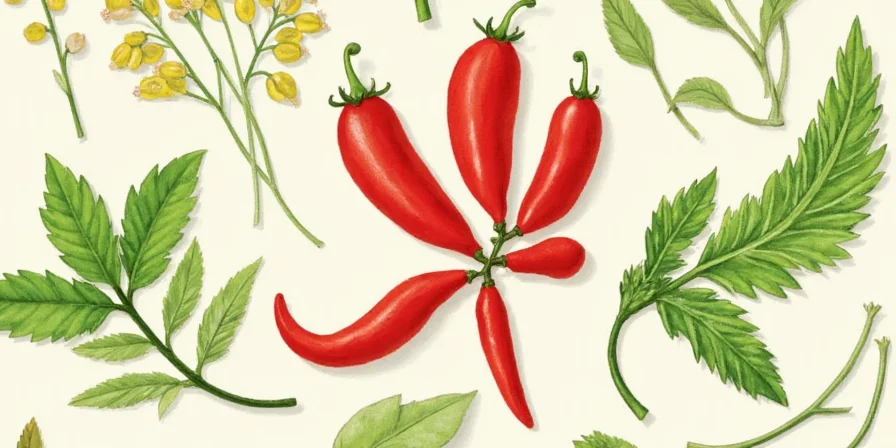
Stay curious, stay spicy, and never let your herbs go to waste.

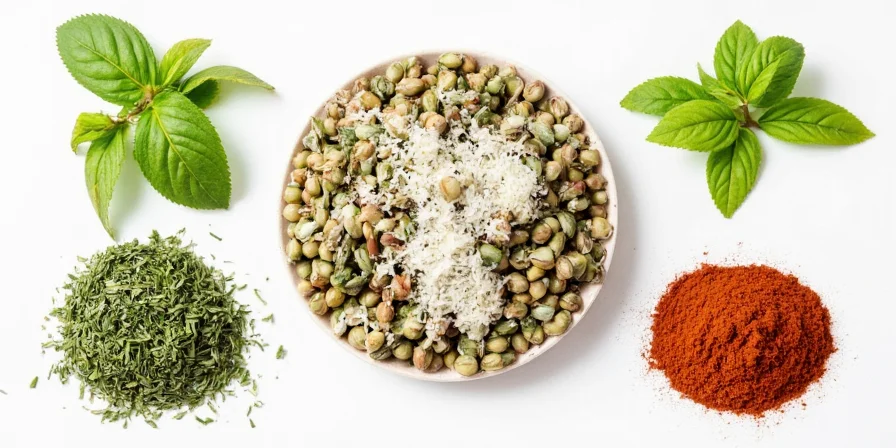









 浙公网安备
33010002000092号
浙公网安备
33010002000092号 浙B2-20120091-4
浙B2-20120091-4